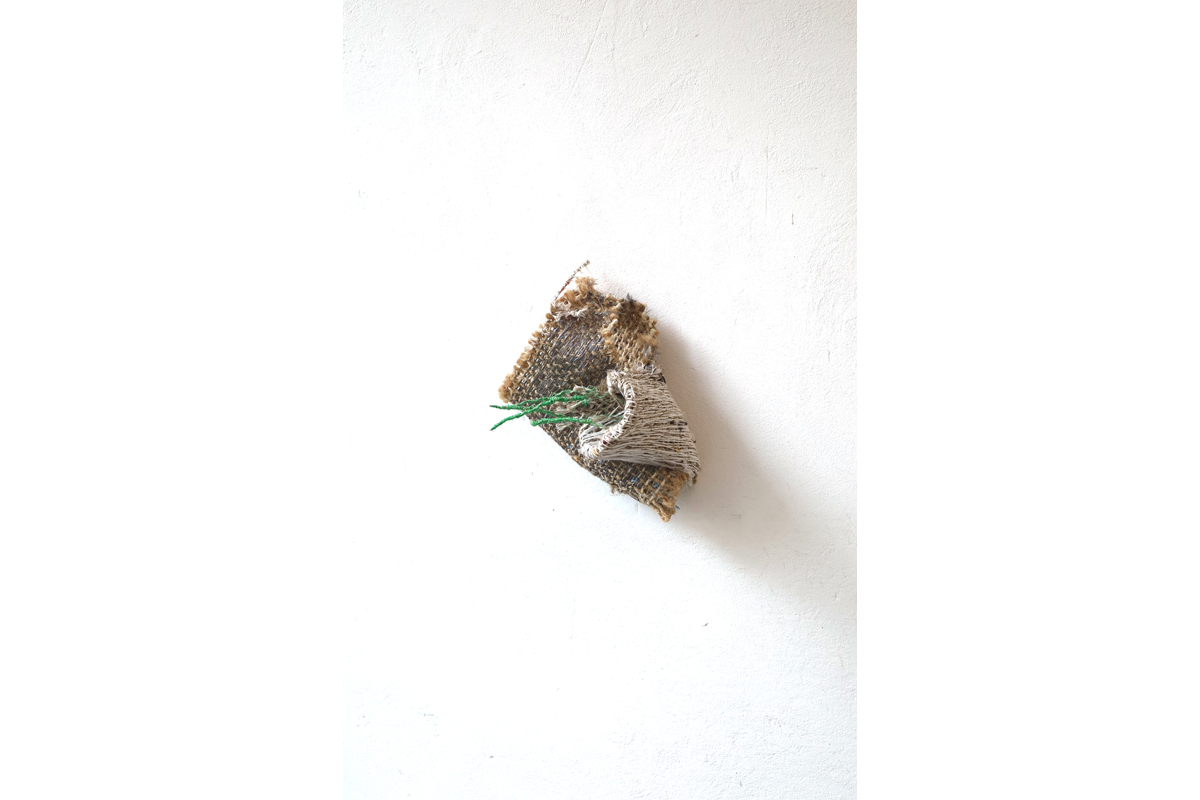
When a bubble hits the surface - Bram Van Breda
Ilse Roosens
‘Making worlds is not limited to humans. We know that beavers reshape streams as they make dams, canals, and lodges; in fact, all organisms make ecological living places, altering earth, air, and water. Without the ability to make workable living arrangements, species would die out. In the process, each organism changes everyone’s world.’
Anna Tsing
‘De meeste kennis die we hebben verzameld over de dieren die in zee leven, is nuttige kennis. Kennis die we kunnen inzetten om processen soepeler te laten verlopen, om de stabiliteit van onze omgeving te garanderen, om onszelf in leven te houden. Ik geloof dat de waaromvraag een ander soort kennis zoekt, de bevestiging van een zelf. Dat je niet alleen bent. Dat je jezelf ergens in kunt herkennen. Een spiegel, een wateroppervlak.’
Nikki Dekker
The sea reflects our deepest selves. What’s more, the water tells us how we are doing and who we truly are. Reaching out for that reflection repeatedly brings us closer to our emotions and our personalities. Discovering our identity is a time-consuming process. Those who don't conform to prevailing norms and have to figure it out without much reference take considerably longer. Having a frame of reference is therefore essential, and we don't always find it within our own circles. We can seek alternatives in other universes. Breaking through the water's surface and studying the world beneath offers new insights into our position in the world. We can learn from other societies and organisms and thus reinterpret and redefine ourselves and our universe. ‘When a Bubble Hits the Surface’ departs from the difference between two worlds—one above and one below the water—and emphasizes the contact and exchange that takes place at the water's surface. In the ocean, there is still infinitely much that remains unknown to humans. It makes us reflect on the human urge to position ourselves at the top of the pyramid and think we know everything, or at least that we can and are allowed to "discover" it all. However, the ocean will always harbor secrets. What we think we know remains subject to the the way we look at the other.
Artist Bram Van Breda was struck by the way Nikki Dekker approaches the underwater world in her novel ‘diepdiepblauw’ (2022). She reveals that the way of life of underwater animals is often different from what we have always been taught. For example, queerness is common among underwater creatures, and they do not encounter bureaucratic and ideological barriers like their human counterparts. Our social norms and expectations thus become visible when tested against the way of life of other organisms. This helps us learn to rethink and change them. In his new series of works, Van Breda pays tribute to underwater creatures that can inspire our society, such as the clownfish, which lives in a kind of matriarchy and can change gender. The figures that appear in his works, whether animals, plants or something in between, are equal to their environment. It shows Van Breda's fascination with a sustainable ecosystem in which collectivity is central, like a fabric in which each thread both supports and is supported. In her book, Dekker also talks about fairy tales that have been adapted over time because they no longer conformed to social norms. The story of Ariel, the little mermaid, was originally about a queer relationship, but was eventually transformed into a traditional binary love story.
Van Breda, however, finds beauty and poetry precisely in the non-traditional or the subversive. In his materials, this translates into piercing the binary fabric. Even more than in the depiction of a marine world, his research is expressed in the visual language, technique, and materiality of his works. The hollow forms with which Van Breda has long experimented are now shells that provide shelter for one organism and a breeding ground for another. He also seeks this balance by using raw materials in an ecological way. Van Breda consciously chooses materials that have already had a life and are not yet finished. Their history enriches the work. Van Breda combines protective cloths used in India for block prints with industrial materials considered surplus, and with techniques that sometimes hark back to textile history or are based on fishing nets.
It is these encounters between materials and techniques that allow his work to embrace queerness: by deviating from the established path with unconventional or unexpected choices and celebrating diversity. The work strives for contact zones between different worlds that are generally separate or exist side by side. In these zones, where bubbles perforate the water's surface, we see a sign of life unfolding parallel to our own. This suggestion of something underlying or beyond, and the way different storylines intersect, is what drives Van Breda. It's daring to look beyond the water's surface, without disrupting the other, but seeing yourself reflected, reflecting on who you are or want to be, and knowing that everything is fluid. ‘When a bubble hits the surface.’

